
Posted on 09/04/2009 5:14:01 AM PDT by Homer_J_Simpson







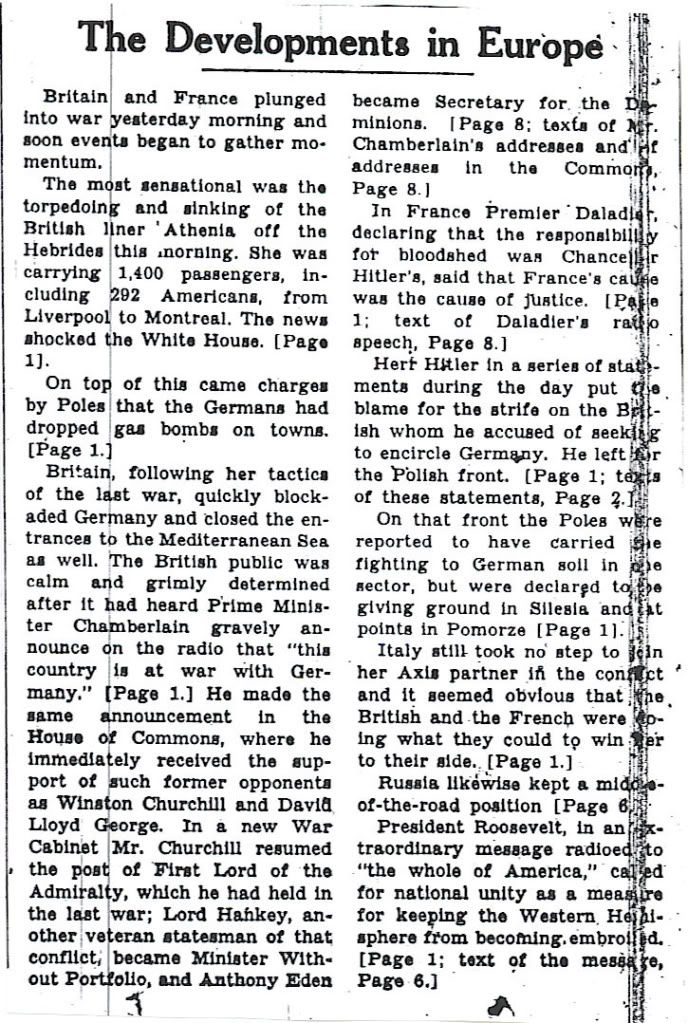








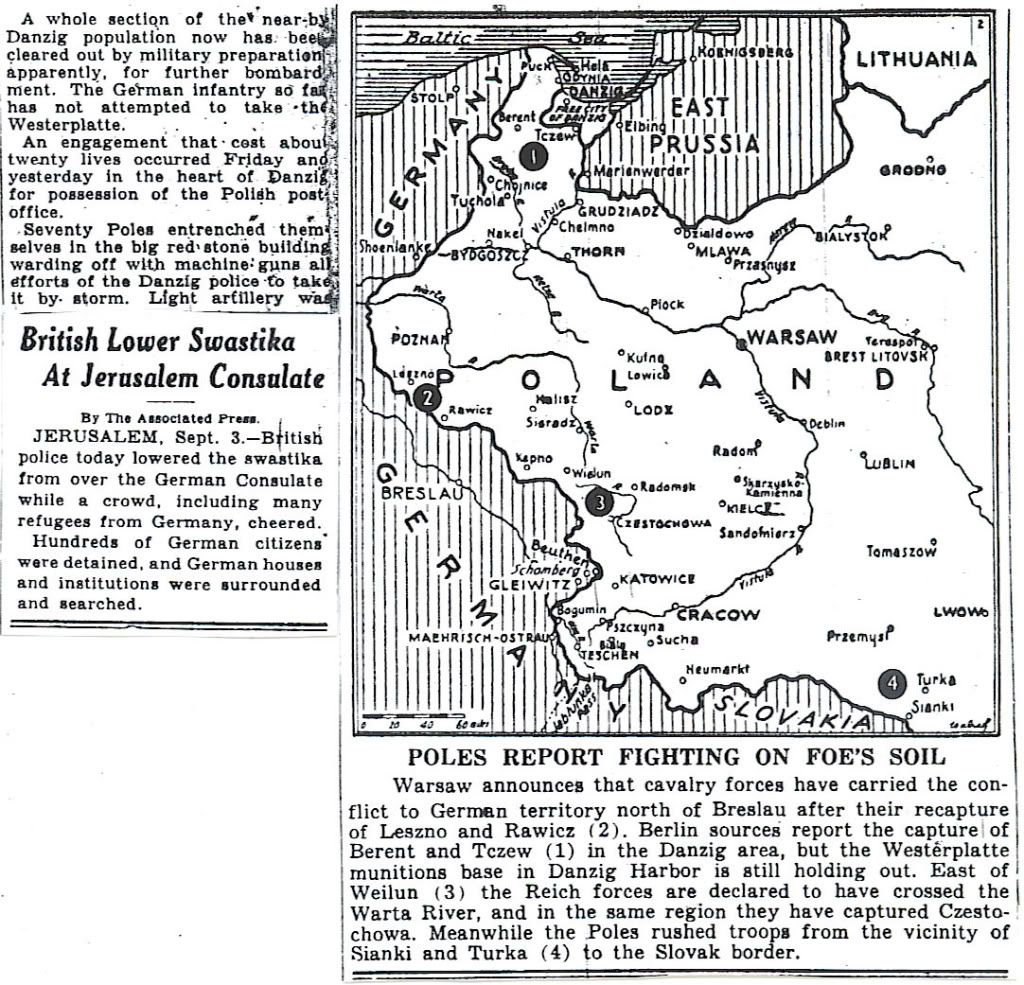














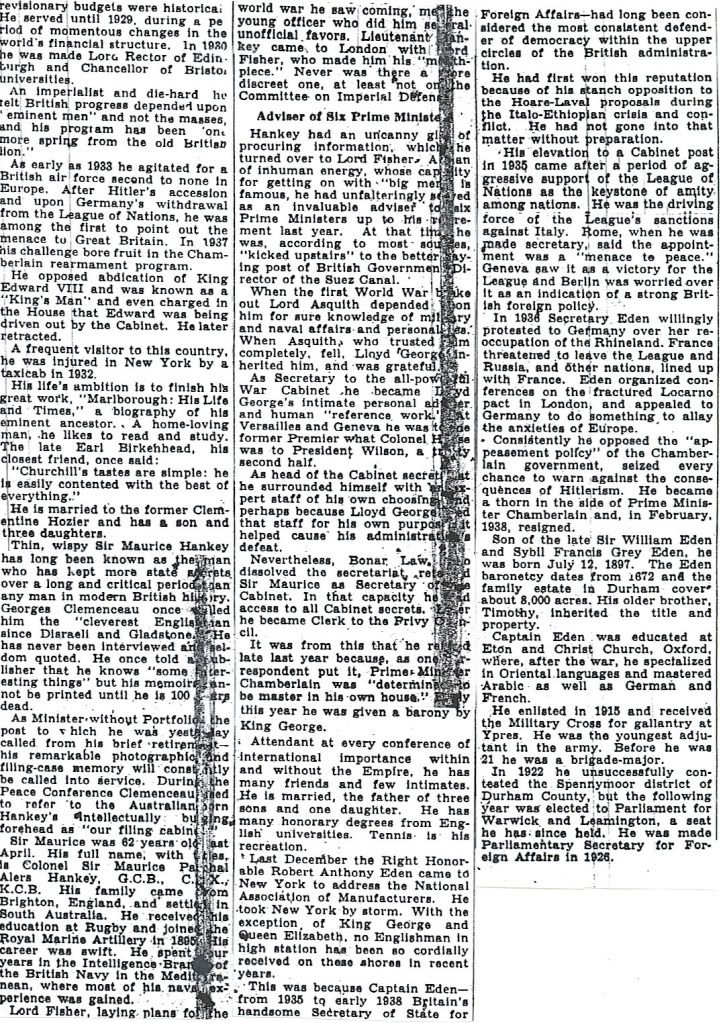

One thing I noticed about the articles on the war in Poland is how little actual and accurate information is being conveyed. Even with my now jaded practiced eye to read between the lines of our state-run media, I read these articles of 70 years ago and it’s almost impossible to really discern just how badly the Poles are being beaten by this date. By now, the frontier battles have been fought and lost. The larger cohesive units that remain in the field are assembling for the “last stand” on the Bzura River in the next week. All the other units are either disintegrating, being herded into disorganized pockets or driven into the cities where they will be besieged.
Reading the paper gives no hint of this. The stories of the Polish cavalry raids leads you to believe that large parts of the Polish army are still holding on the frontiers.
Oh, boy. That is going to be on the final. I can just hear the slackers whining "no fair - trick question!" I think I'll make it a multiple choice.
The Germans concentrated on that “mid level” of operations, which is why they were so good at them. Given a specific campaign to fight and goals to achieve, they could usually accomplish them quickly and even against larger odds.
Strategy has always been a German weakness. Strategically, Germany has had a problem with trying to fight every big guy in the room at the same time, while bringing the pipsqueaks along to back them up.
Isn't this sometimes called 'Grand Tactics' and wasn't this the area that Napoleon excelled in?
Not long after that Churchill asked Gamelin, "Where is the strategic reserve?" Gamelin responded, "Aucune(there is none)".
In fairness, you ought to list the Polish murder of the German civilians covered the other day.
What are you talking about?
True. I’m defining it as a strategy which and the common perception today is as a tactic. But like you can see from the 1935 article I quoted it was presented then as a strategy so I try to evaluate it as such.
You know I read right past that. It is the first time it is referenced as the “second” world war in these articles. I wonder how long before we see the phrase World War Two? I’d have to do some more looking, but I do think that is pretty close to the mark. Maybe even on the low side when we think of the sheer size of the Russian army as well as the Chinese fighting in Asia.
I agree. The fog of war is thick and the Polish media is definitely making things sound rosier than they really are. As of today, the 5th, the Luftwaffe has complete enough of their other objective to begin a serious combat air support effort too. The Poles have been taking a beating and it’s about to get even worse.
"Operational level..." I was recently instructed on this subject by my son-in-law, an expert from close personal experience....
Blenheim:

Specs:
Armament
Guns:
Bombs:1200 lb (540 kg) =
Wellington bomber:
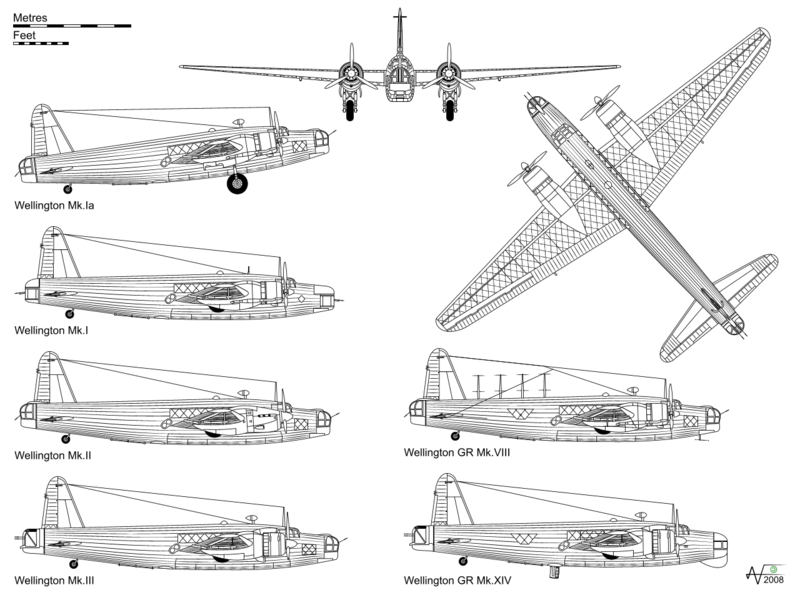
Specs:
Performance
Armament
Bf 109Cs of 1/JG 137, August/September 1939:

The SS Athenia, a 13,580 ton ocean liner of the Donaldson line. 
The U-30, a Type VIIA U-boat seen here in this pre-war photo.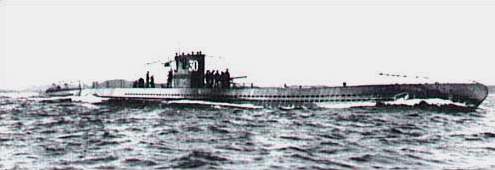
Oberleutnant Fritz Julius Lemp, commander of U-30. 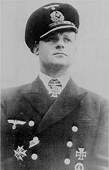
“Strategy has always been a German weakness”.. Ditto logistics. Kind of went hand in hand. When you’re gonna knock the other guy out in a short campaign [Poland, one month, the West, six weeks, Scandanavia, a month, Africa (1941), one month (except Tobruk), the Balkans, one month], you don’t need to have highly developed logistics.
Where’s the “Fairy [Fairey?]Battle”? Only the Brits would fly a bomber named the “Fairy Battle”. But then again we had a fighter called the “Brewster Buffalo”.
You would like to read “The German Way of War” by Robert Citino. He talks about how a small state with limited resources like Prussia, and later Germany, was so successful militarily. The short of it is that the Germans never wanted to fight long drawn out wars of attrition. They didn’t have the resources. They had to win on the all-in initial knockout punch, and that’s how they planned all their wars. Logistics are only necessary if you are in it for the long haul. The Germans were not, so they didn’t pay much attention to them.
When we get to Operation Barbarossa, that will be my main contention. Most modern historians, such as David Glantz, argue that the Germans could not, ever, win Operation Barbarossa because the Soviet Union was just too damn big and the Germans supply lines were stretched too far. I disagree to a point. The historians are right that the USSR was just too damn big to defeat...in one campaign season. That’s where the Germans, and the historians following them, made their error in judgment. The Germans had to go into Operation Barbarossa in the belief that it would take two years to defeat the USSR. Six months was not enough. The Germans were only geared up for six months, not two years, and wound up losing in four years.
Another similar title is Macksey’s “Why the Germans Lose at War.” I have not read this book, but the reviews panned it as simply a regurgitation of the campaigns the Germans planned and fought in WW2, and very little analysis of WHY they lost, which is what the title implies the book is about. “The German Way of War” does provide some decent insight on “why.”
And it raised an interesting question for me. What was Rommel supposed to do? He, and his troops were deployed to Africa. His logistics [unlike the Ostfrunt] were separated from Germany by several countries, and a major body of water. Resupply required, at a minimum Luftwaffe assets, and Italian naval and merchant shipping. He had control of neither. Yet, he was in Africa, facing a well supplied enemy. He either had to fight, or retreat [to where?]. Either play offense, or defense. But in either case, he had to improvise. And that was one of the least discussed strengths of the German ground forces in WW II.
Sept 1939: Still a little soon for those Fairey Battles to go down in flame...

"In the first of two sorties carried out by Battles, on 10 May 1940, three out of eight aircraft were lost while, in the second sortie, a further 10 out of 24 were shot down, giving a total of 13 lost in that day's attacks, with the remainder suffering damage."Despite bombing from as low as 250 ft (76 m), their attacks had little impact on the German columns.
"On 11 May, nine Battles of the Belgian Air Force attacked bridges over the Albert Canal on the River Meuse, losing six aircraft, and in another RAF sortie that day against a German troop column, only one Battle out of eight survived.
"During the following day, five Battles of 12 Squadron attacked the bridges, when four of the aircraft were destroyed with the final aircraft crash landing back at its base."
PzLdr: "But then again we had a fighter called the “Brewster Buffalo”."

"In December 1941, it suffered severe losses with both British Commonwealth and Dutch air forces in South East Asia while facing the Japanese Navy's A6M Zero and the Japanese Army's Nakajima Ki-43 "Oscar"."It also saw action with United States Marine Corps (USMC) squadrons at the Battle of Midway.
"Frustrated with the Buffalo's poor maneuverability and speed compared to the Zero, the F2A was derided by USMC pilots as a "flying coffin".
"However, during the Continuation War of 1941-1944, the Buffaloes operated by the Suomen Ilmavoimat (Finnish Air Force) proved capable of engaging and destroying most types of Soviet fighter aircraft operating against Finland at that time and achieving, in the first phase of that conflict, the outstanding ratio of 32:1, 32 Soviet aircraft shot down for every Buffalo lost"
So I guess it all depends on who's flying what, and against whom...
Disclaimer: Opinions posted on Free Republic are those of the individual posters and do not necessarily represent the opinion of Free Republic or its management. All materials posted herein are protected by copyright law and the exemption for fair use of copyrighted works.